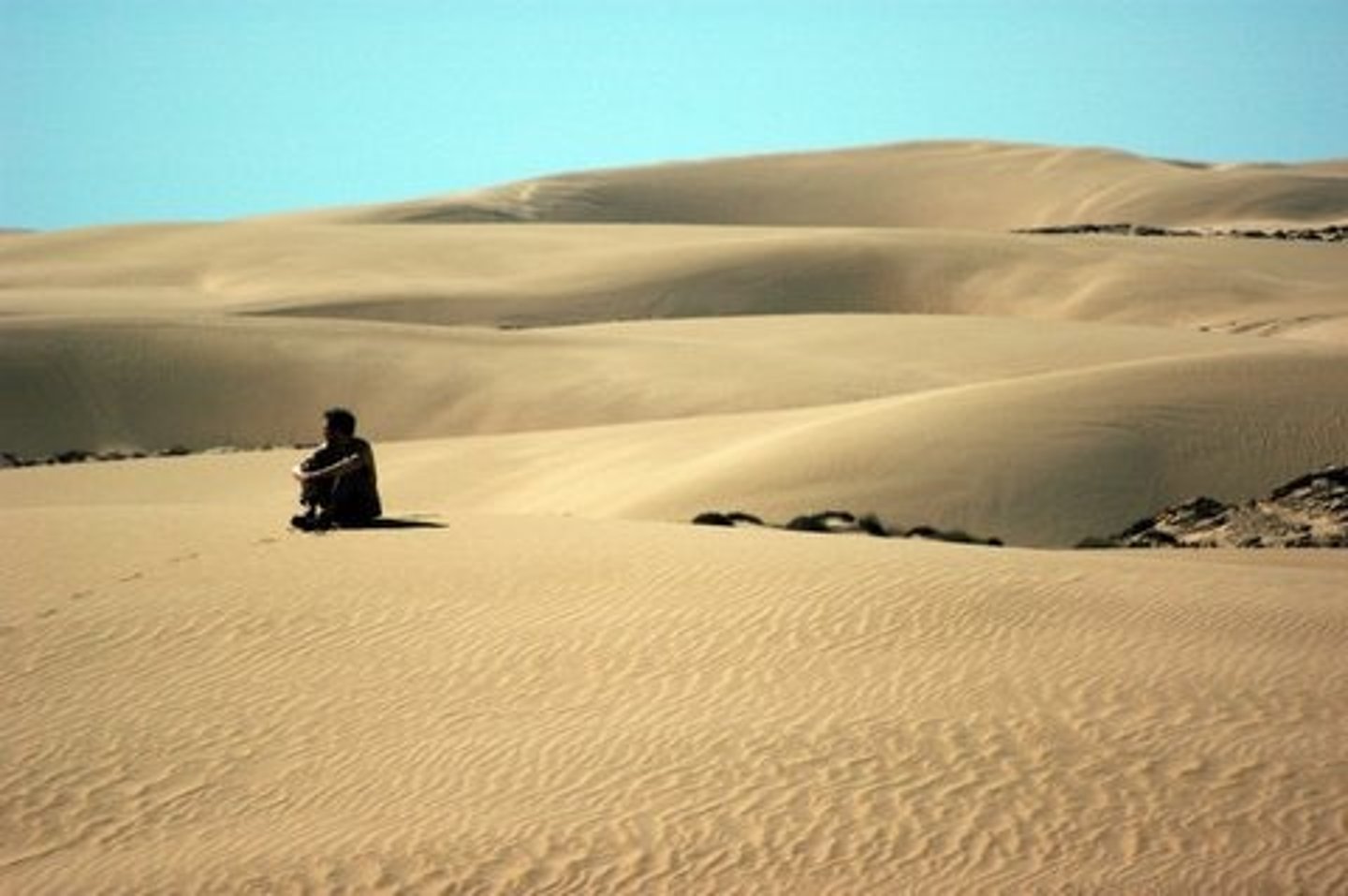Editing, Sound & Mise-en-Scene
1/27
There's no tags or description
Looks like no tags are added yet.
Name | Mastery | Learn | Test | Matching | Spaced |
|---|
No study sessions yet.
28 Terms
Editing
The work of joining together shots to assemble the finished film.
Uses of Editing
Location changes, time lapses, shot variety, emphasis of psychological and physical details, symbolic inserts, parallels, point-of-view shifts, and repetition of motifs.
Shot
The basic building block or unit of film narrative in which a length of film is exposed by turning the camera on, recording, and then turning the camera off.
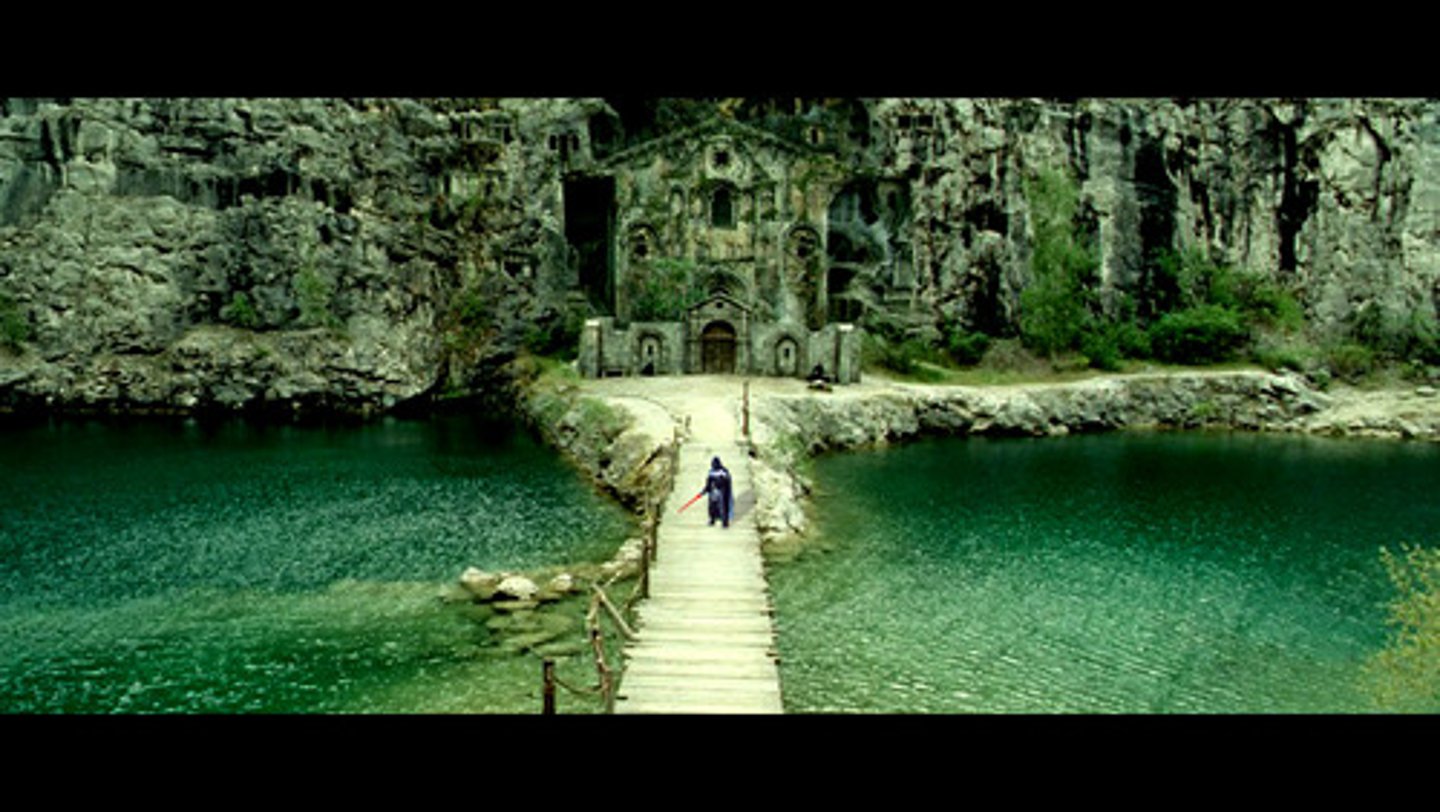
Scene
A series of shots that together comprise a single, complete and unified dramatic event or block (segment) of storytelling within a film, much like a scene in a play; the end of a scene is often indicated by a change in time, action and/or location.
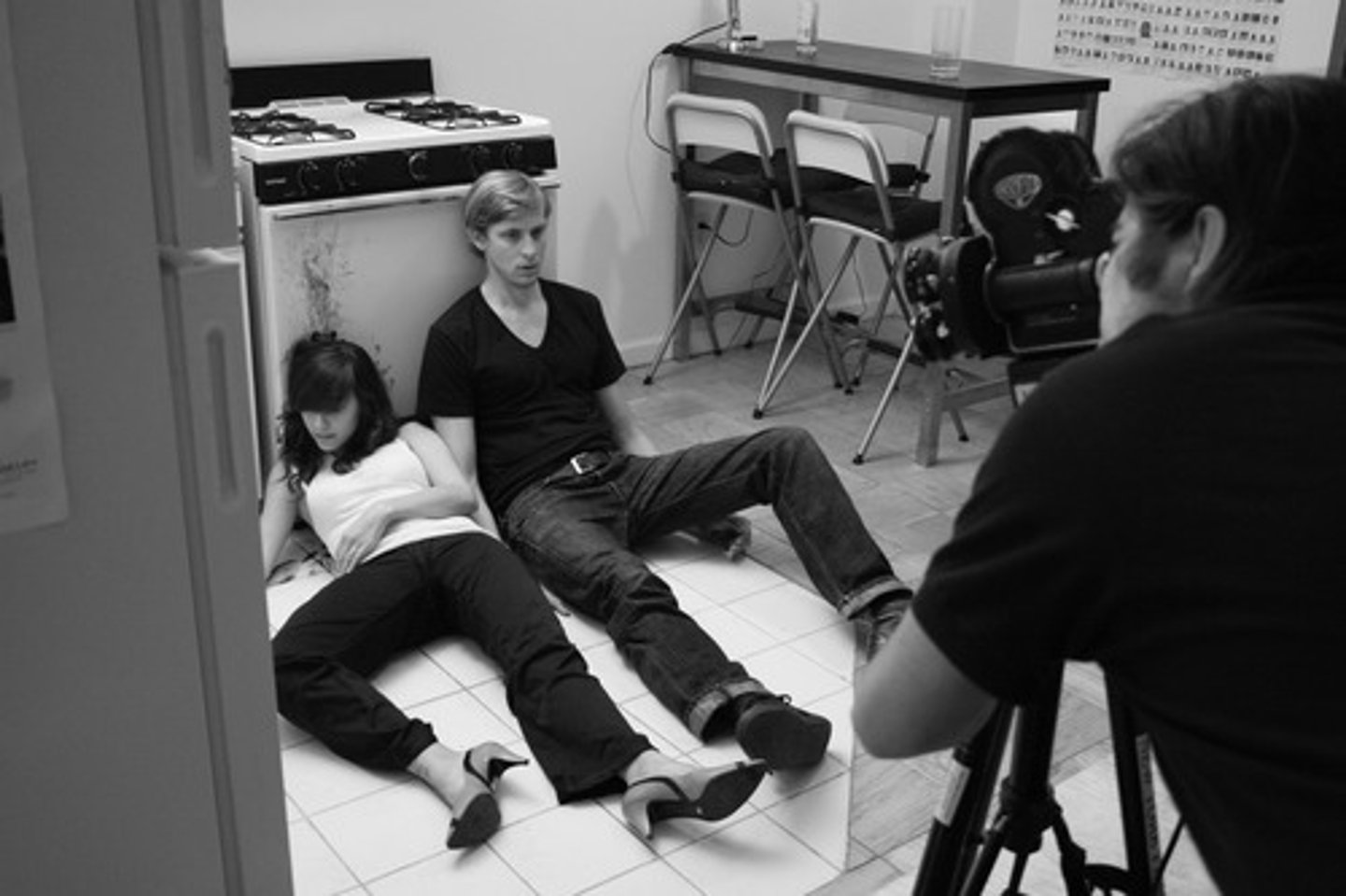
Sequence
A connected series of related scenes that are edited together and comprise a single, unified event, setting, or story within a film's narrative.
Transition
One of several ways of moving from one shot or scene to the next, including a cut, fade, dissolve, and wipe.
Cut
An abrupt or sudden change or jump in camera angle, location, placement, or time, from one shot to another.
Fade
A transitional device consisting of a gradual change in the intensity of an image or sound, such as from a normally-lit scene to darkness or vice versa, from complete black to full exposure.
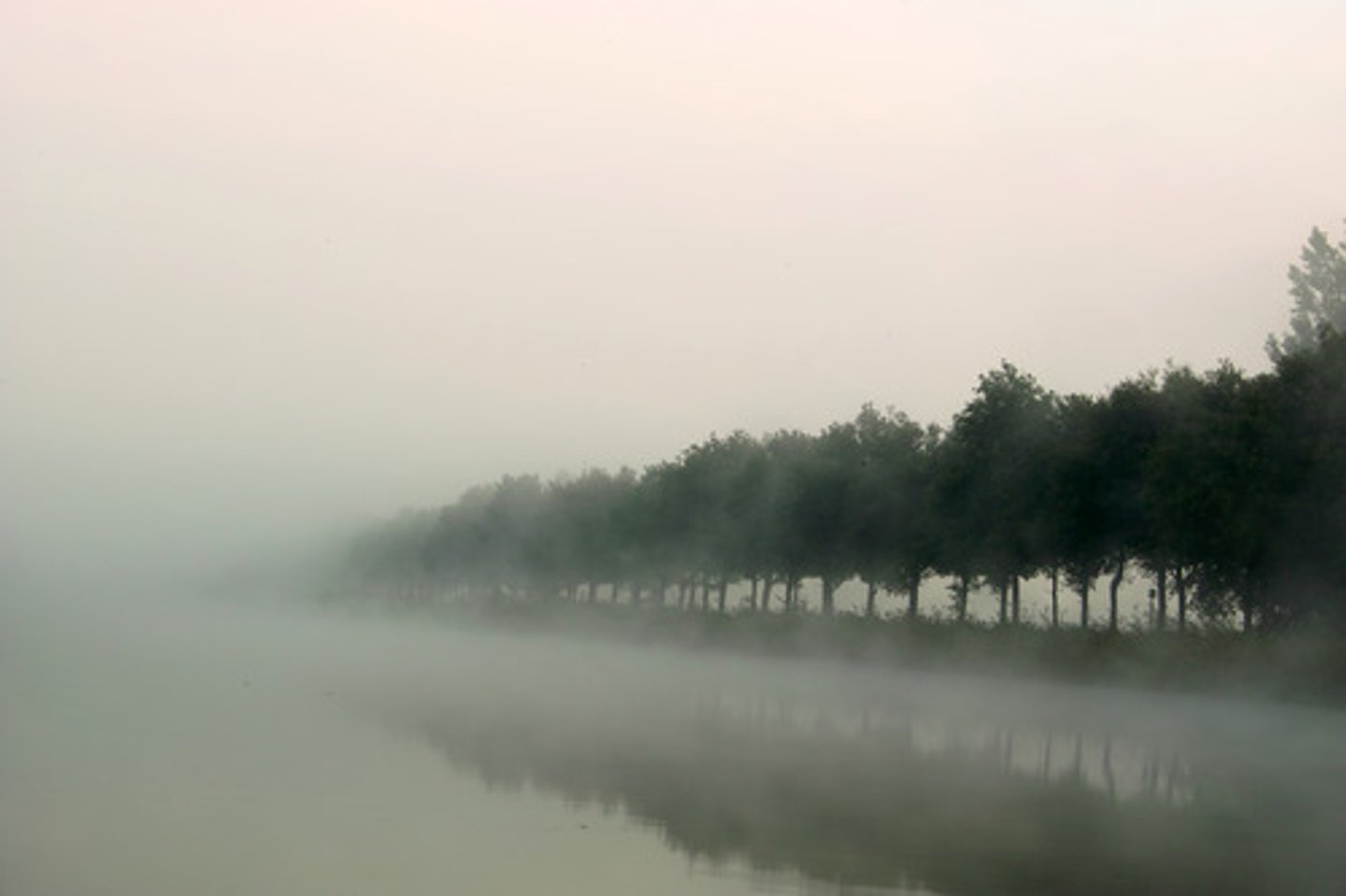
Dissolve
A transitional editing technique between two sequences, shots or scenes, in which the visible image of one shot or scene is gradually replaced or blended with the image from another shot or scene; for an instant, one image is superimposed on or gradually blended with the other to soften the cut; often used to suggest the passage of time and to transform one scene to the next.
Wipe
A transitional technique or optical effect/device in which one shot appears to be "pushed off" the screen by another shot replacing it and moving across the existing image.
Montage
Seemingly unrelated shots that, when combined, create meaning for the viewer.

Parallel Editing
Cutting together of two or more lines or areas of interest in a story. The separate areas of interest are then edited together, and alternate with each other as the story progresses. Often implies that the two lines are occurring simultaneously.

Flashback
Editing technique that suggests the interruption of the present by a shot or series of shots representing the past.
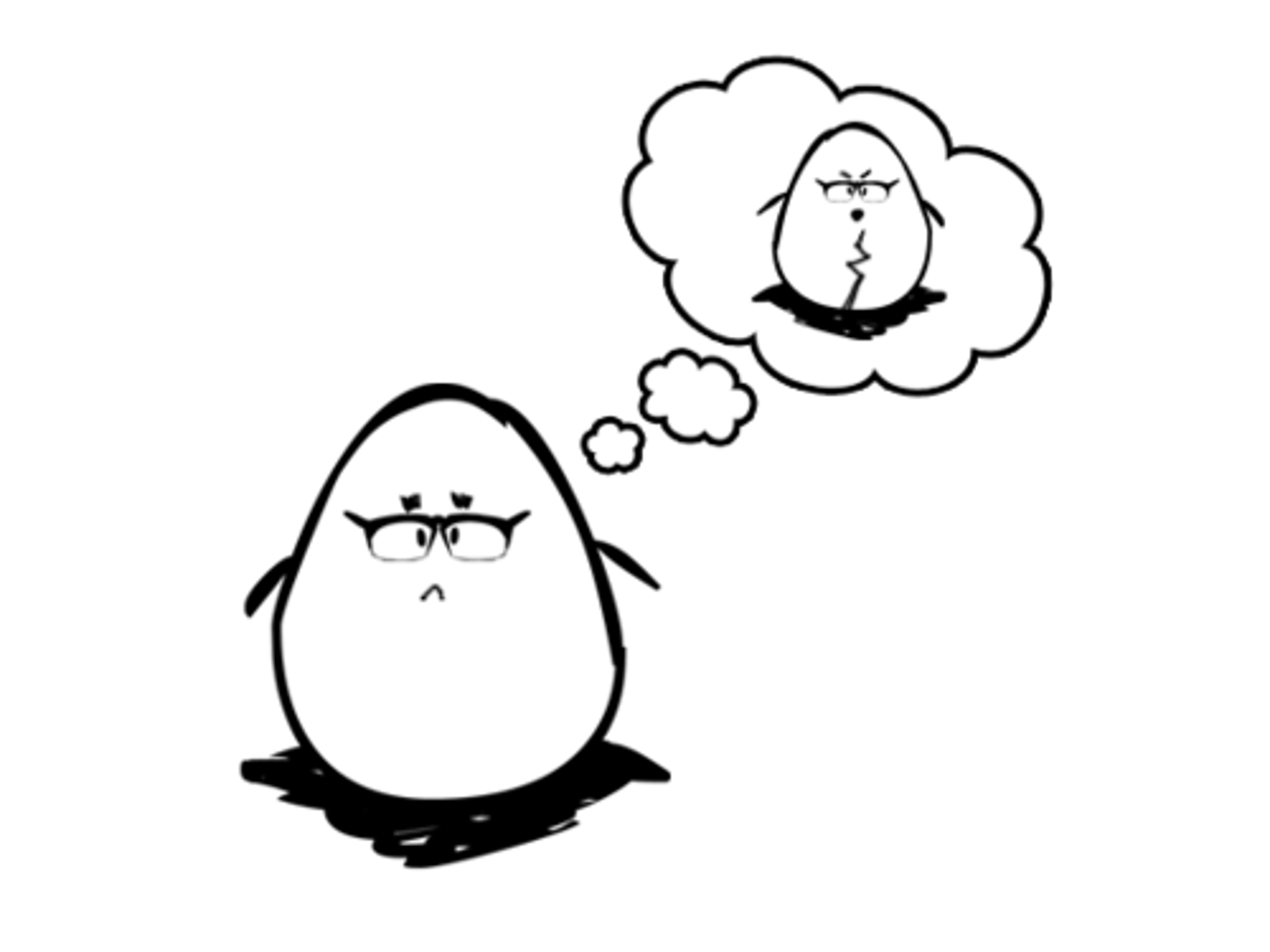
Flash-Forward
Editing technique that suggests the interruption of the present by a shot or series of shots representing the future.
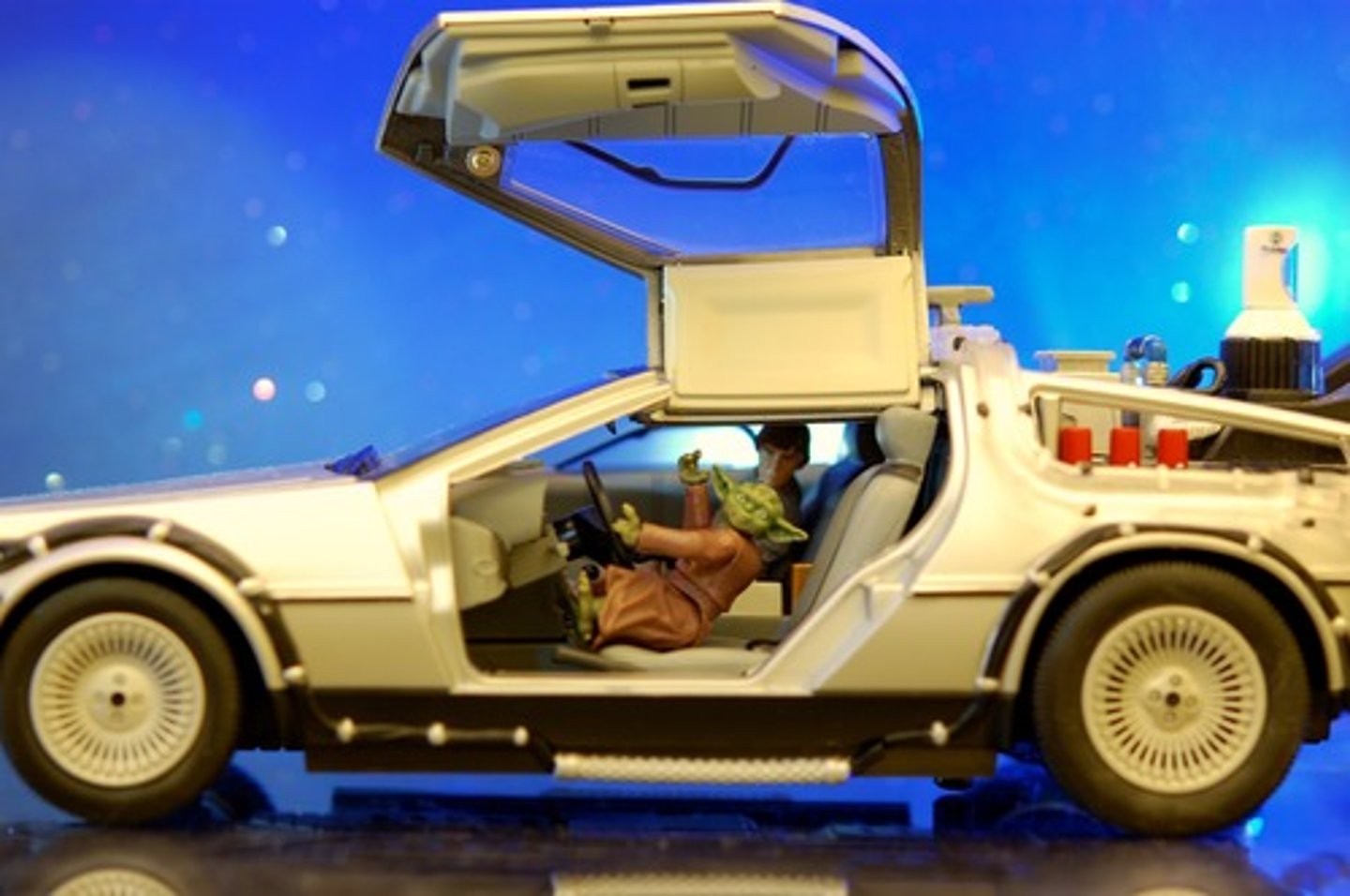
Fantasy Insert
Editing technique that suggests the interruption of the present by a shot or series of shots representing a fantasy or something imagined by a character.
Synchronous Recording
Sound appearing to derive from an obvious source.
Non-synchronous Sound
Sound that is not in synch with a source visible on screen.
Dubbing
Addition of sound after visuals have been photographed.
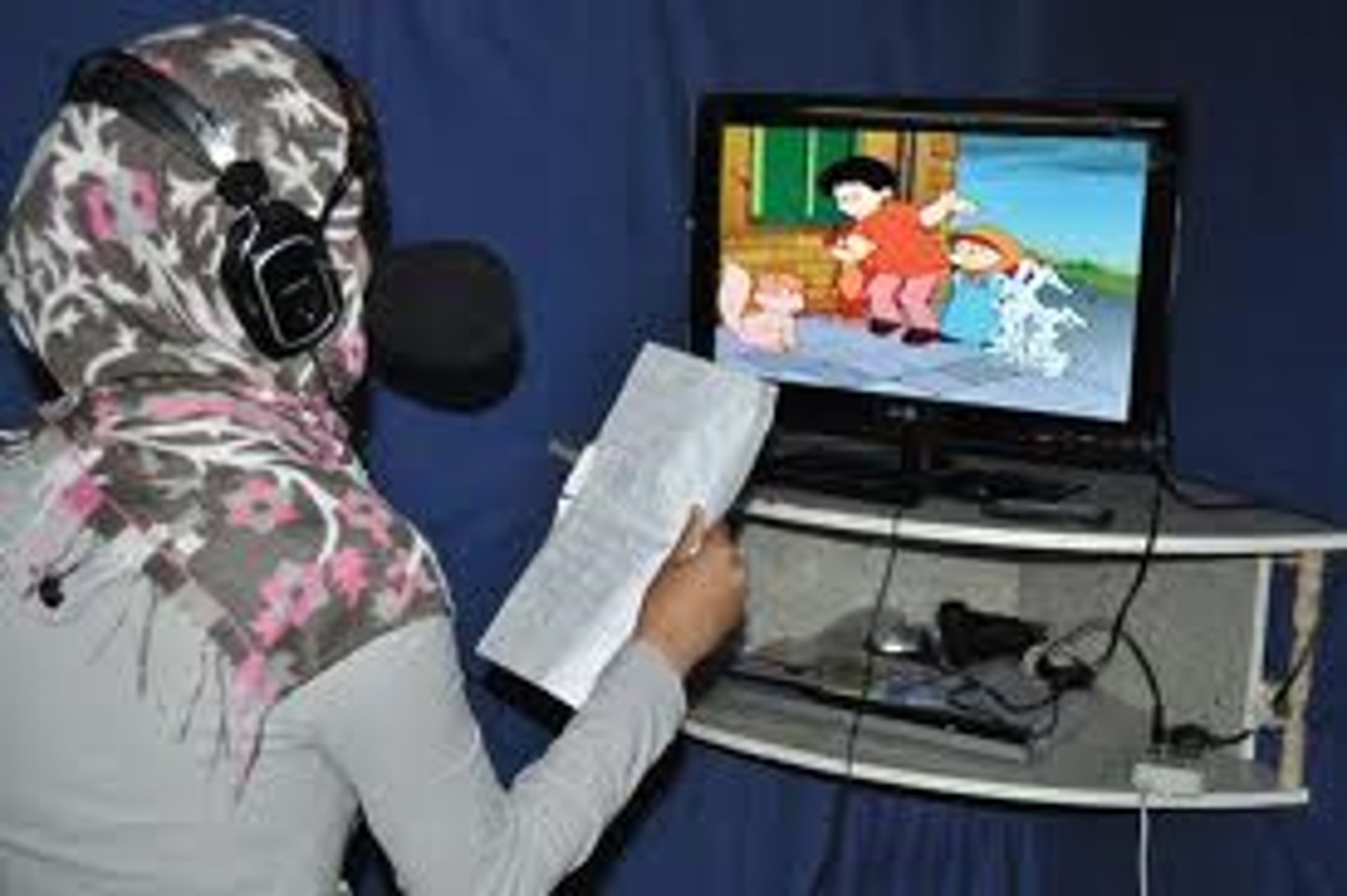
Soundtrack
The music that accompanies a movie.
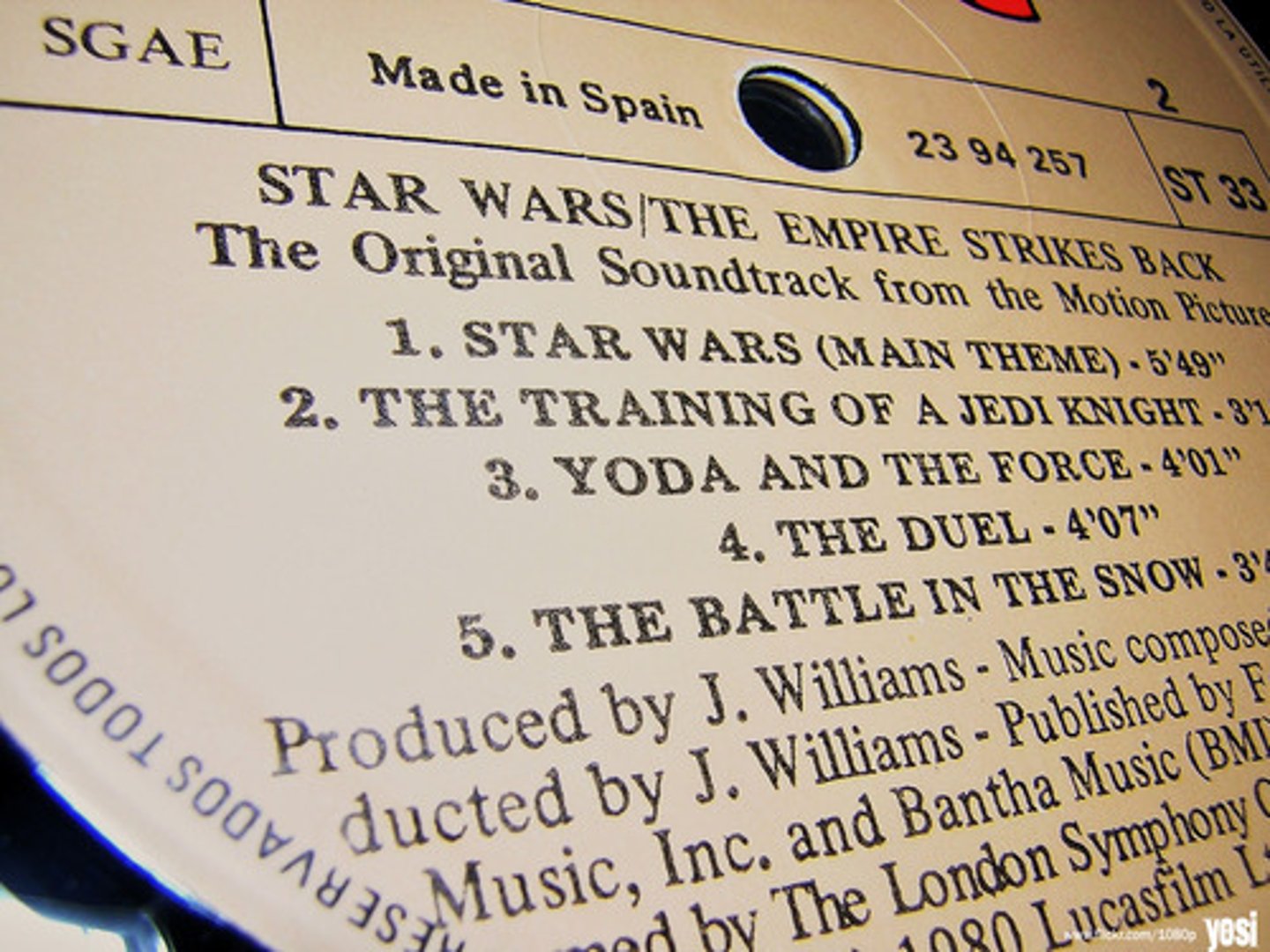
Diegetic
Any sound that can be logically heard by a character within the movie environment.
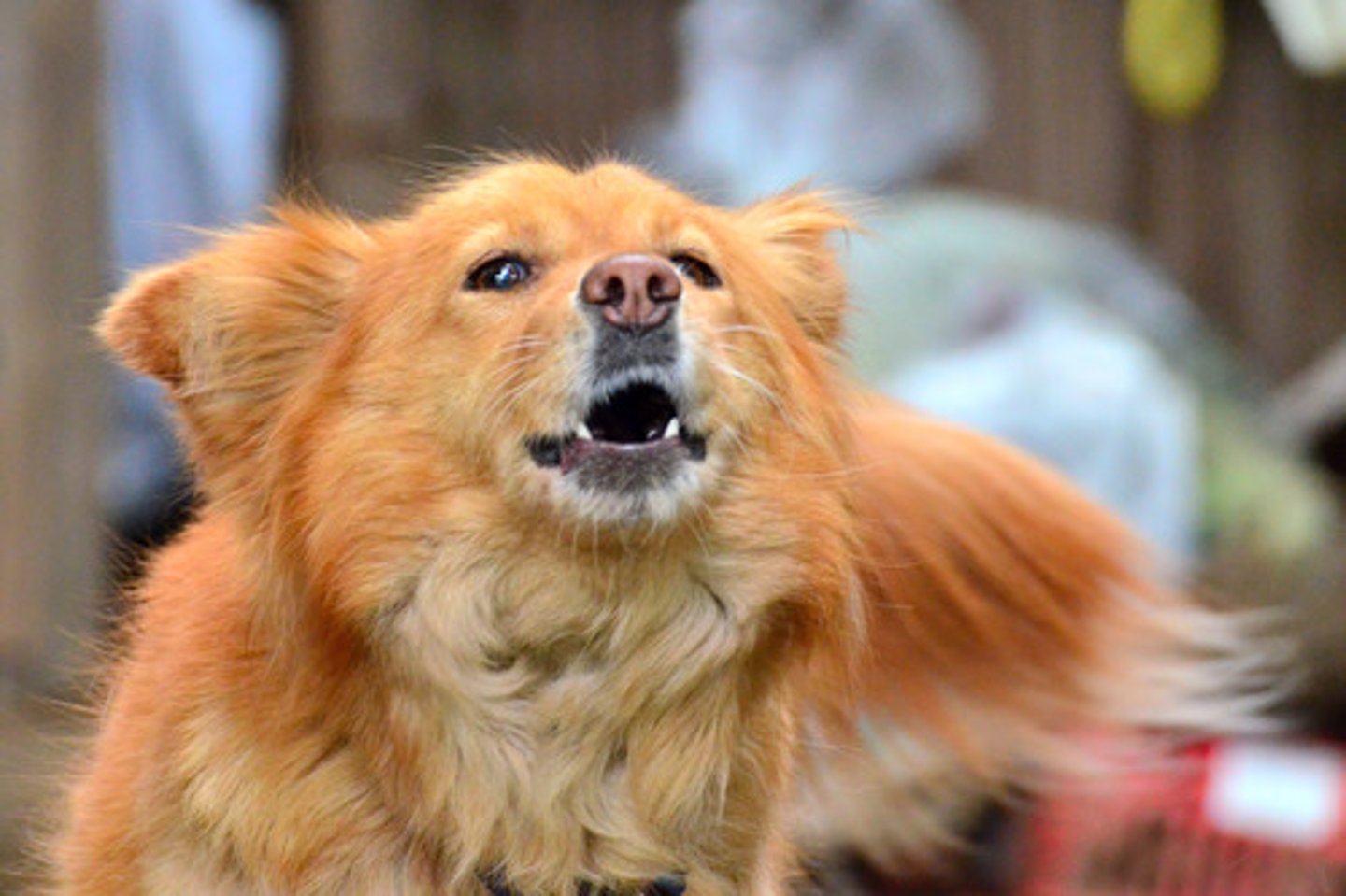
Non-Diegetic
Any sound that is intended only for the audience, such as voice-over, mood music, etc.

Mise en Scène
Film's overall visual design created by all of the elements placed before the camera. Including lighting, color, costumes, sets, and actors. Basically it is, everything that that the viewer sees in a scene.
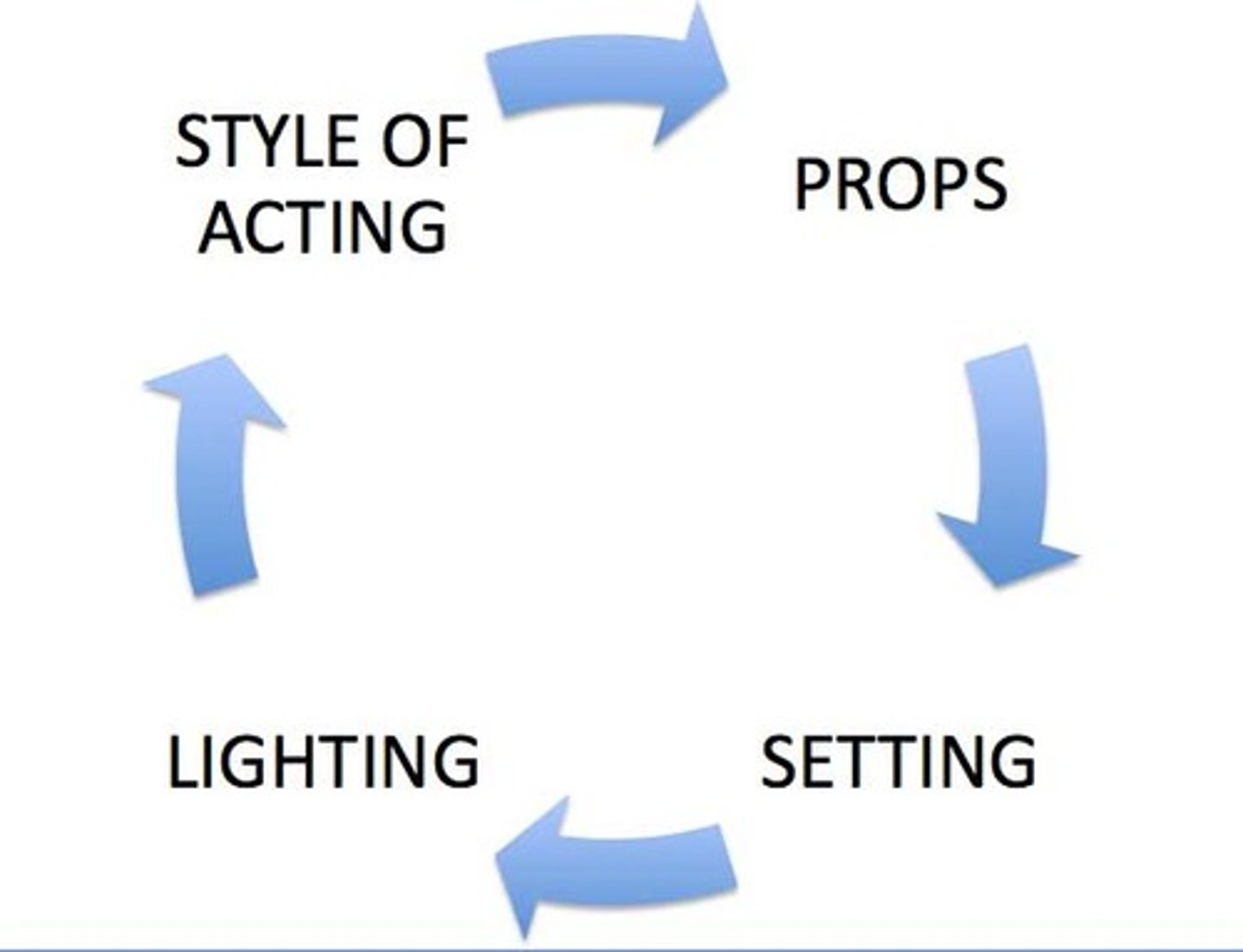
Center of Frame
Area of the screen that the director feels is most important and/or normal.
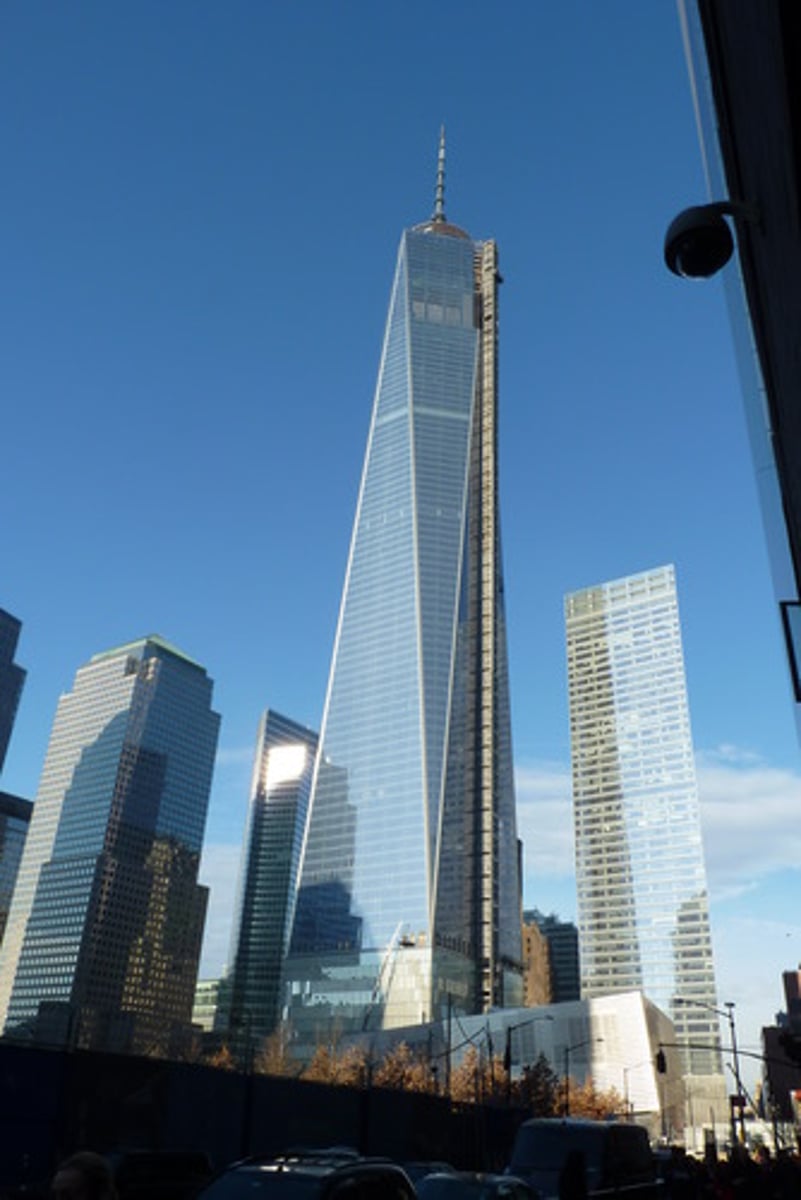
Top of Frame
Area that suggests ideas dealing with power, authority, and aspiration. A person placed here seems to control all the visual elements below.
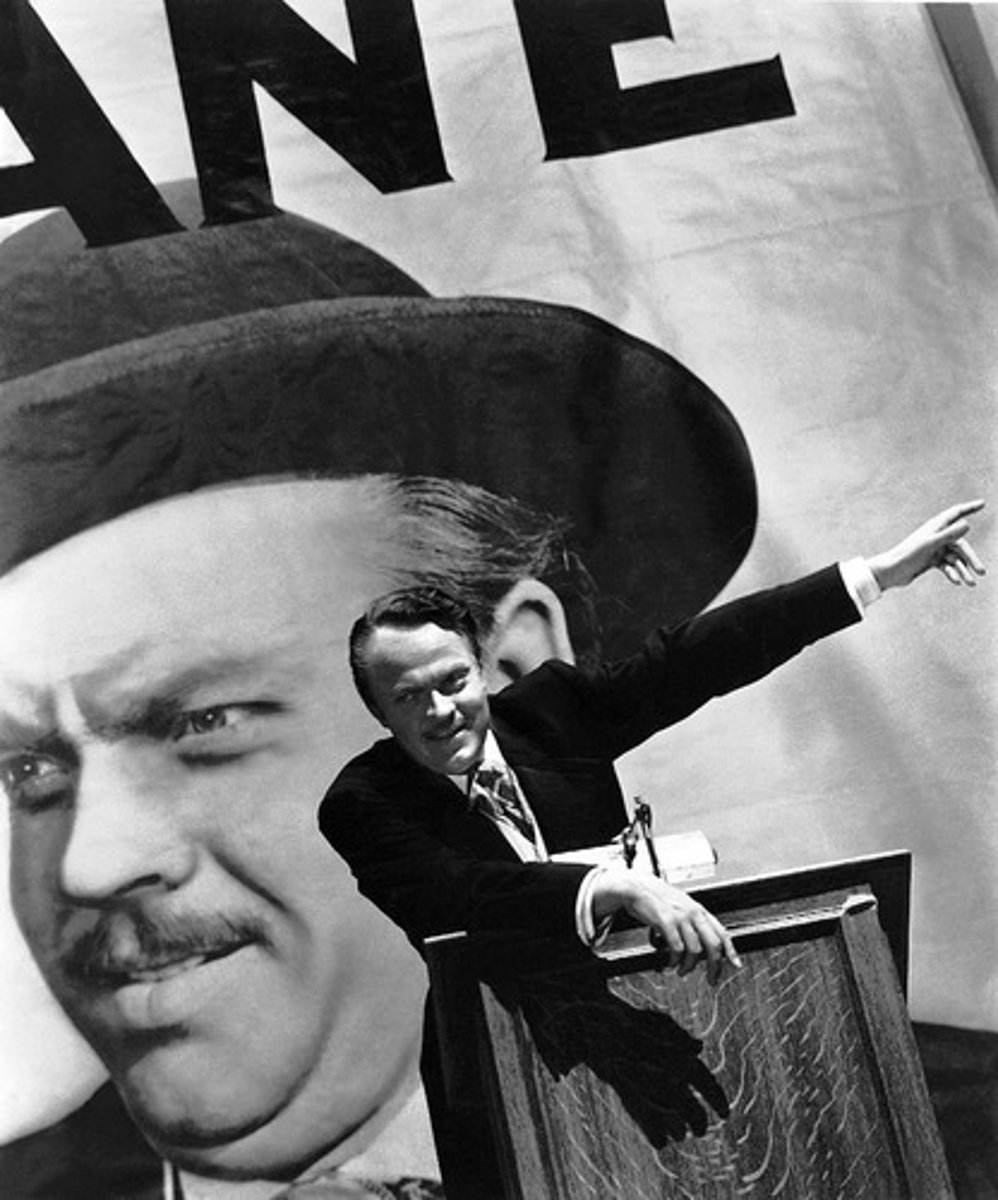
Bottom of Frame
Tends to suggest subservience, vulnerability, and powerlessness.
Left/Right side of Frame
Tends to suggest insignificance or imbalance, because they are the areas farthest removed from the center screen.
Tightly Framed
Typically a close-up, the people photographed have little or no freedom of movement.

Loosely Framed
Usually a longer shot, objects are spaciously distributed within the confines of the framed image so that the people photographed have considerable freedom of movement.
